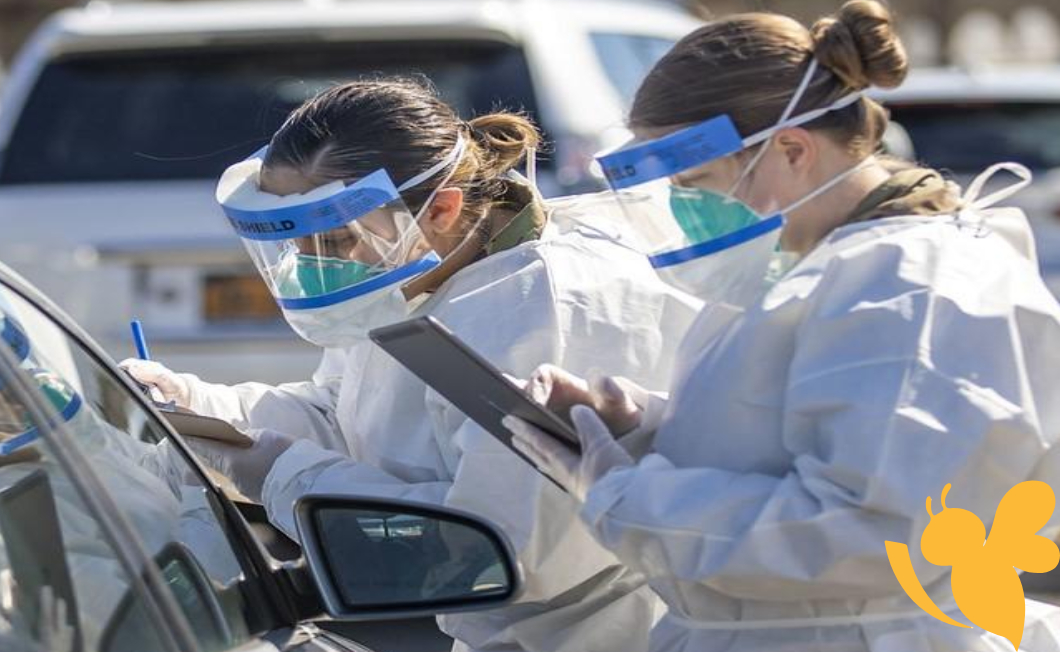California is experiencing a rapid increase in the Omicron subvariant NB.1.8.1, which comprised 19% of reported COVID-19 cases as of May 29, up from 2% in April. Its high transmissibility raises concerns about a potential summer surge.
The variant was first spotted in January and carries several genetic changes, particularly in the spike protein, the part of the virus that helps it infect human cells. Some of those changes might help it spread more easily or avoid the body’s immune response, especially in those who were previously infected or vaccinated.
“Every time you get a new strain, it always is a little bit more transmissible than what came before it,” Dr. Peter Chin-Hong, a UCSF infectious disease specialist, told SFGATE. “Just like a pop song is more catchy when it rises to the top of the charts. And this particular one, Nimbus, is not just proportionally higher right now in California, the speed at which it’s rising in the charts is also high … but it’s not more severe.”
In its latest risk evaluation for NB.1.8.1 published on 23 May 2025, WHO’s Technical Advisory Group on Virus Evolution said: “The available evidence on NB.1.8.1 does not suggest additional public health risks relative to the other currently circulating Omicron descendent lineages.”
XFG was first detected in Canada and has also achieved rapid global spread. In Europe, it accounted for 25% of cases as of late May, while NB.1.8.1 cases stood at 9%. It is also taking off in India, where 206 cases had been detected as of June 11.
The symptoms associated with this new variant remain consistent with those seen in earlier strains; however, health officials stress that current vaccines are expected to maintain their efficacy against it . Furthermore, despite the heightened transmissibility of NB.1.8.1, studies indicate that the severity of illness does not appear to be greater than that observed with prior variants . Nonetheless, public health measures must adapt to address this evolving threat effectively.
As California braces for what could be an uptick in COVID-19 cases due to this new subvariant, attention must also be given to vaccination strategies and public awareness campaigns . The FDA's recent decision to limit vaccine eligibility may further complicate efforts to contain transmission among vulnerable populations . Continued monitoring and research are essential as California navigates these challenges posed by NB.1.8.1 during the summer months.
Read more
Raccoon-sized prehistoric lizard bones sat in a jar for two decades. macOS Tahoe 26: The most capable, productive, and intelligent Mac experience yet
Sara H
Also on site :
- Altman says Meta's $100M offers failed to poach OpenAI talent
- Altman claims Meta's attempts to recruit OpenAI talent with $100M offers were unsuccessful
- Raccoon-sized prehistoric lizard bones sat in a jar for 20 years.

